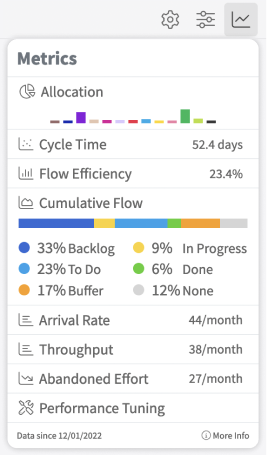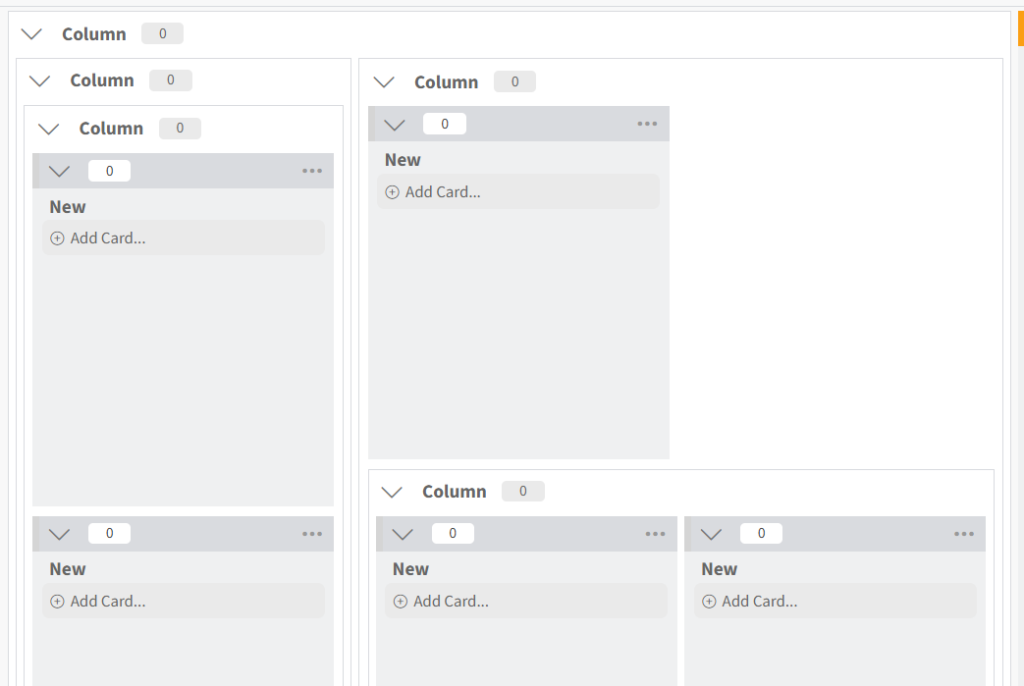
What’s the first thing that comes to mind when you hear the term ‘project management tool’? I’m sure many of you will say Trello.
Trello has become one of the most popular project management tools in recent years for many reasons. The number one, probably most-mentioned reason, is its simplicity and ease of use. It’s also intuitive, as people usually don’t need to spend much time to start mastering the tool. However, like any tool, Trello still has some limitations.
In this article, we’ll discuss some Trello limitations and how to overcome them.
Trello Limitation #1: Limited Views
The first Trello limitation that we’re going to discuss is its limited views. Project managers usually need several views to get a holistic perspective of the project. Trello’s free and Standard plans only offer a limited number of views, which can make it difficult to get a complete picture of your project. The Kanban view might be enough for a simple, linear project. But for more complex projects, you might feel restricted by this view and might need to upgrade to a higher plan or add a power-up.
On Trello, the Gantt chart view is available as a power-up (which you need to add yourself). While additional views like Calendar, Timeline, and Dashboard are only available on the Premium Plan.
As a comparison, Kanban Zone has two other views that Trello doesn’t have. Project List View, which lets you perform bulk actions on the task/card. The other view is the Project Summary View which lets you view cards from multiple boards in a summarized Kanban board based on their states. By using these views, you get to see the big picture of your project and identify ways to streamline your processes.

Kanban Zone’s Summary View from 6 Boards
An example of the Summary View in Kanban Zone, summarizing 6 different boards in one Kanban board.
Trello Limitation #2: Lack of Task Dependencies
Trello does not have a native way to track task dependencies. This Trello limitation means that you can’t easily see which tasks need to be completed before other tasks can start. Plus, you can’t link tasks to another task as a parent or child task. Again, this can be a problem for complex projects, where tasks often depend on each other. You might have to track dependencies between tasks manually, which will require a lot of work and will be prone to error.
With Kanban Zone, task dependencies are expected to happen. You can easily link cards as a parent or child task of another card. For example, this post is part of a bigger task for the Trello Import feature campaign. So, the card for the blog is linked as the child of the campaign card. By tying the strategic initiatives to the daily tasks, you’ll get to see how every task contributes to your organizational goals.

Linking a Card as a Child Card
With Kanban Zone, you have the option to link a different card as a child card to another card.
There are also other kinds of linking, such as linking as parent, predecessor, and successor.
Trello Limitation #3: Limited Reporting
One of the most restrictive Trello limitations is its reporting capabilities. You have to add a power-up to get reports, otherwise, it’s not provided for you. This can make it challenging to get a complete picture of the progress of your project. Not knowing essential metrics like the number of cards created versus the ones that get done, or the time spent working on a card, means that you won’t be able to identify improvement opportunities.
Here are some of the data that you miss out on if you’re using Trello instead of Kanban Zone:
- Arrival Rate. How many cards you create within a time period.
- Cycle Time. How long a card stays within the Work-In-Progress (WIP) columns of your board.
- Throughput. How many cards you complete within a period of time.

Kanban Zone’s Metrics Feature
Keep track of your Kanban board usage with Kanban Zone's metrics function.
By being provided with this data, you get to see which process takes the most time and becomes a bottleneck, and you’ll get a hint on what to improve from your process.
Trello Limitation #4: Lack of Customization
Trello is not very customizable. You can’t change the look and feel of Trello, and you can’t add custom fields or other features. Here are some Trello limitations related to customization:
- Not everything you can draw on a physical board can be turned into a Trello board, as Trello only offers vertical columns.
- You can’t add explicit agreements or process policies to a Trello column.
- Trello allows you to create rules, but there’s no direct way of setting a work-in-progress limit (the maximum number of cards) in a column.
If you compare these points to Kanban Zone, you’ll see why Kanban Zone is a better alternative.
- You can recreate any board you can imagine or draw on a physical board because Kanban Zone has a flexible board designer. It’s not based on grids so you can make even the most complex workflows. It can be asymmetrical, and doesn’t have to be perfect grids!

Kanban Zone as a Flexible Board Designer
An example of a board that is not a perfect grid.
- You can add explicit agreements under each column name, to explain what should be done in each step of the process.
- You can set the maximum number of cards for each card-holder column (WIP limit) on Kanban Zone. WIP limit will force you to focus on the task you’ve started before you start with another one. It’s an integral part of the Kanban method.

Process Policies and WIP Limits on Kanban Zone
An example of a Kanban board with process policies indicated on each column and a work-in-progress limit.
Conclusion
Trello is a great project management tool for small to medium-sized projects. It’s simple and user-friendly. However, some Trello limitations make it unsuitable for larger projects or for projects that require more customization. If you are working on a large project that needs to scale and requires collaboration with different teams, you may want to consider using Kanban Zone. See how Kanban Zone compares to Trello.
Learn to Work Smarter, Not Harder!
Get our top articles weekly.







